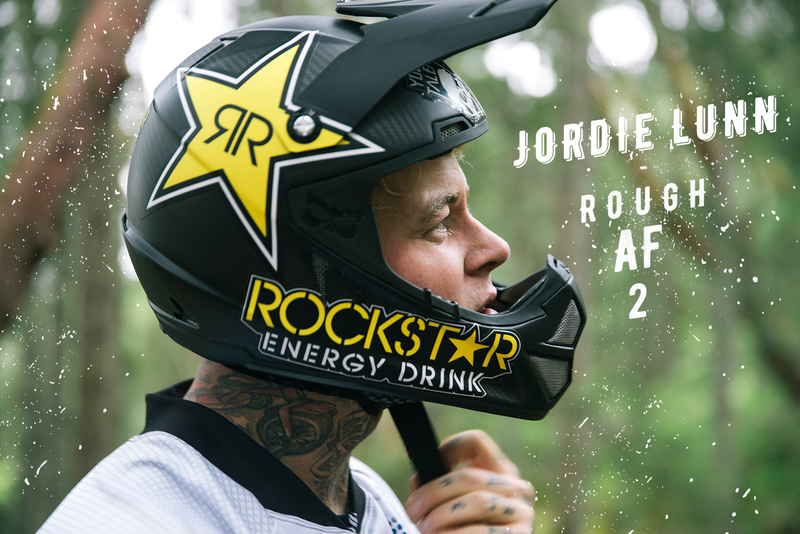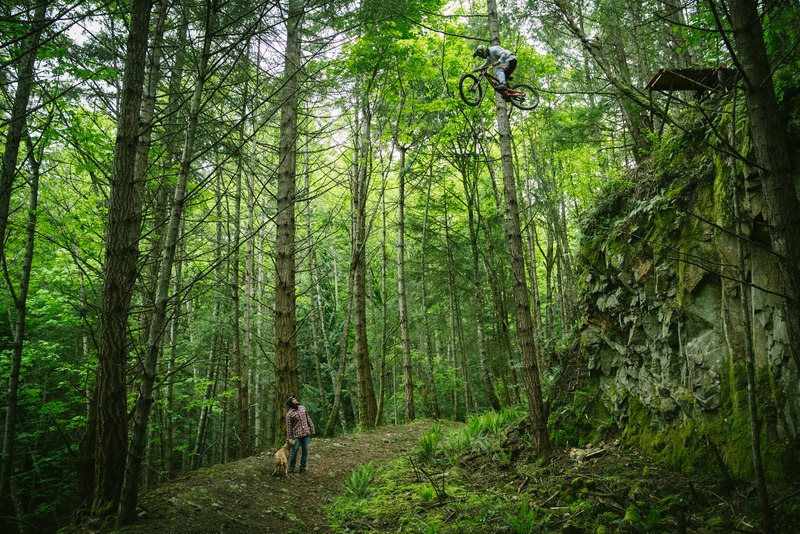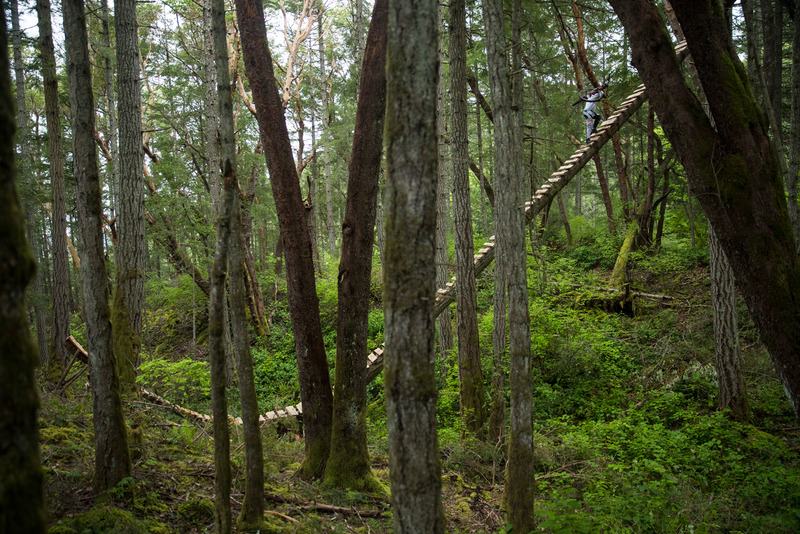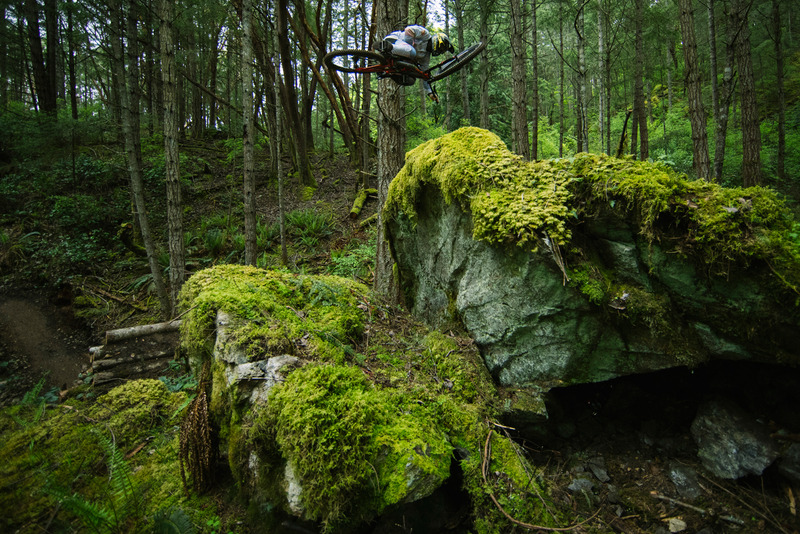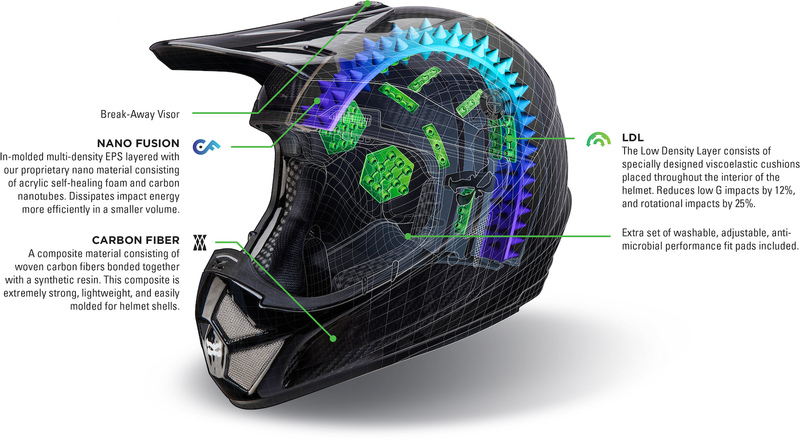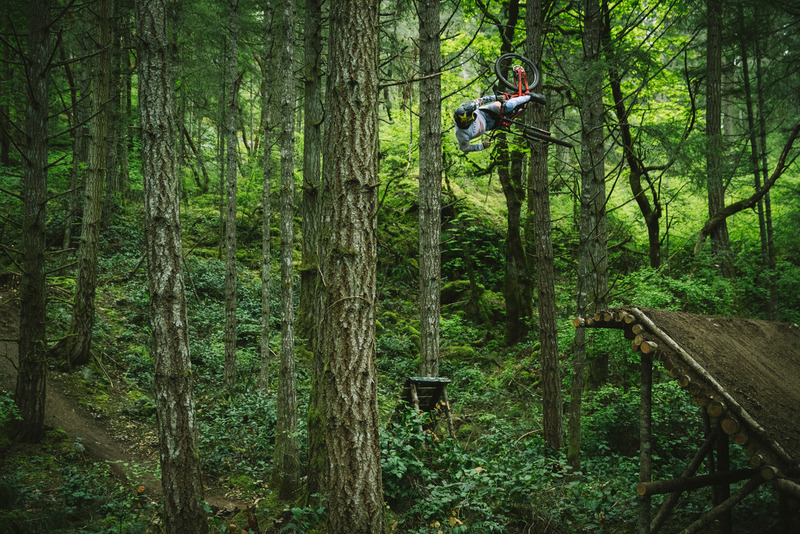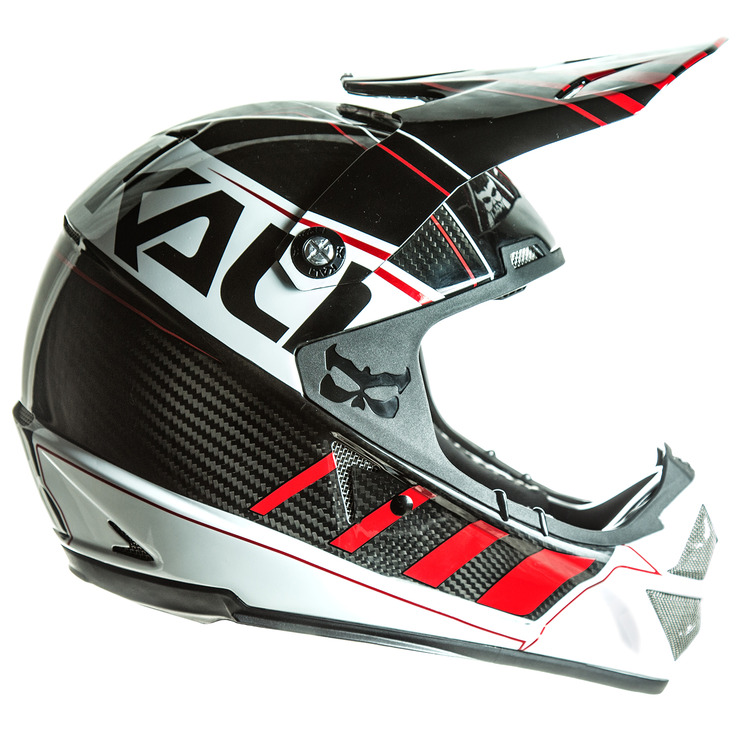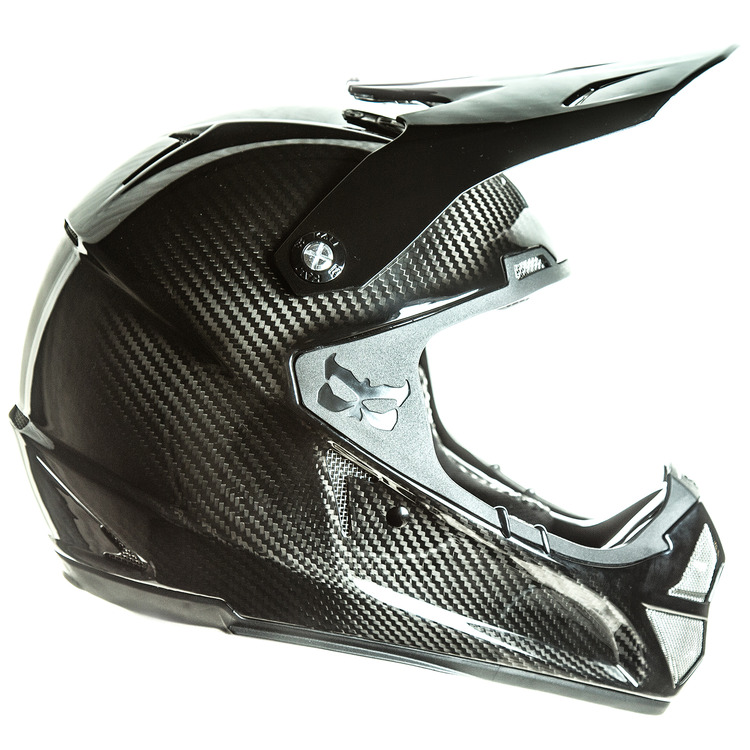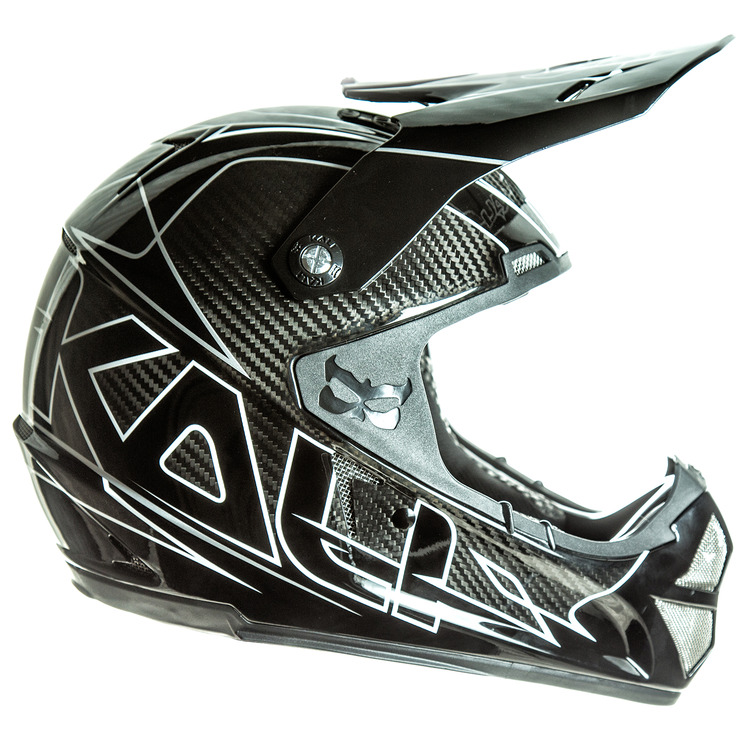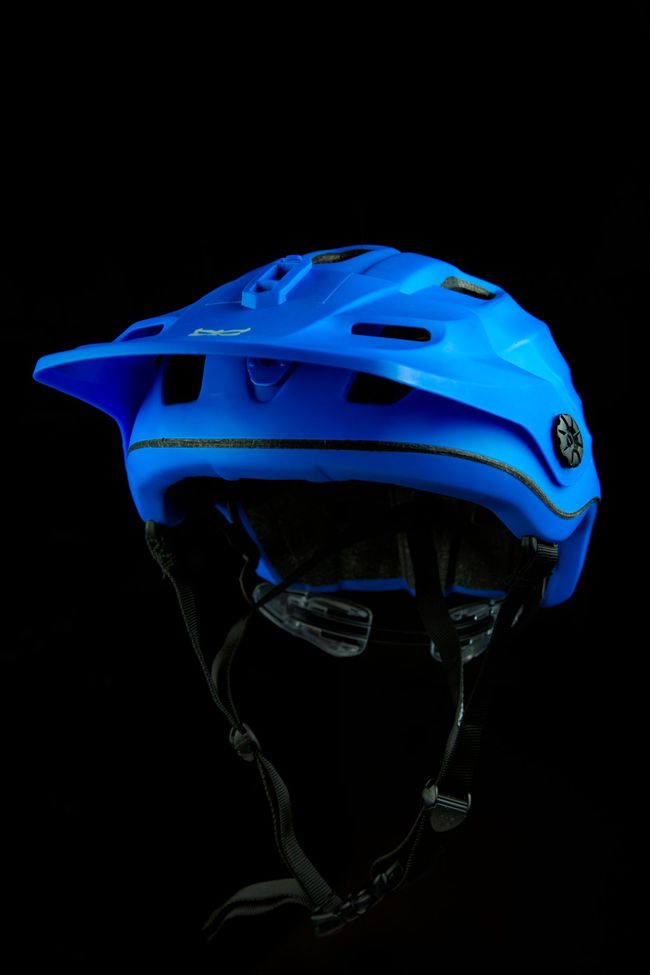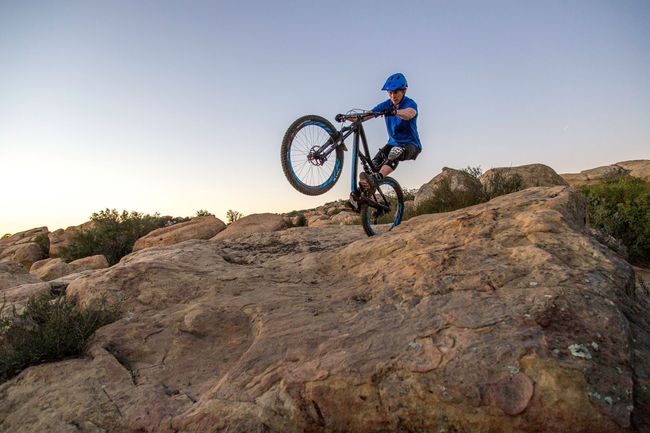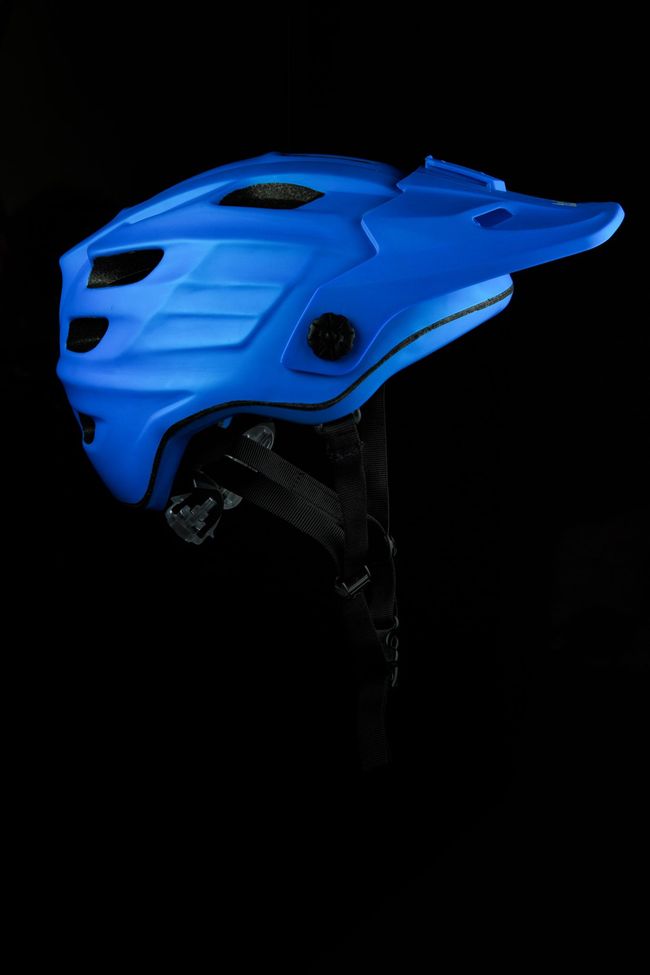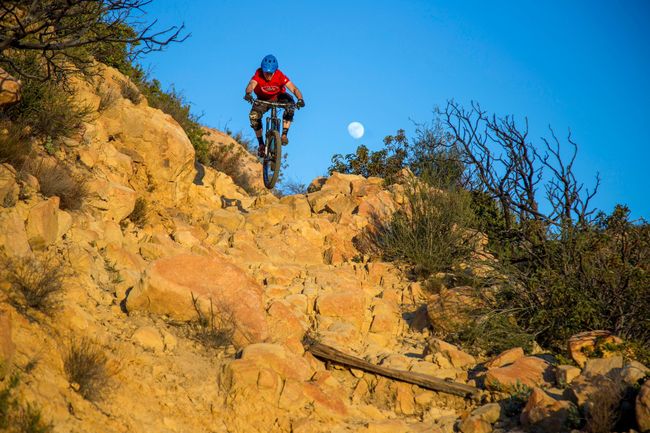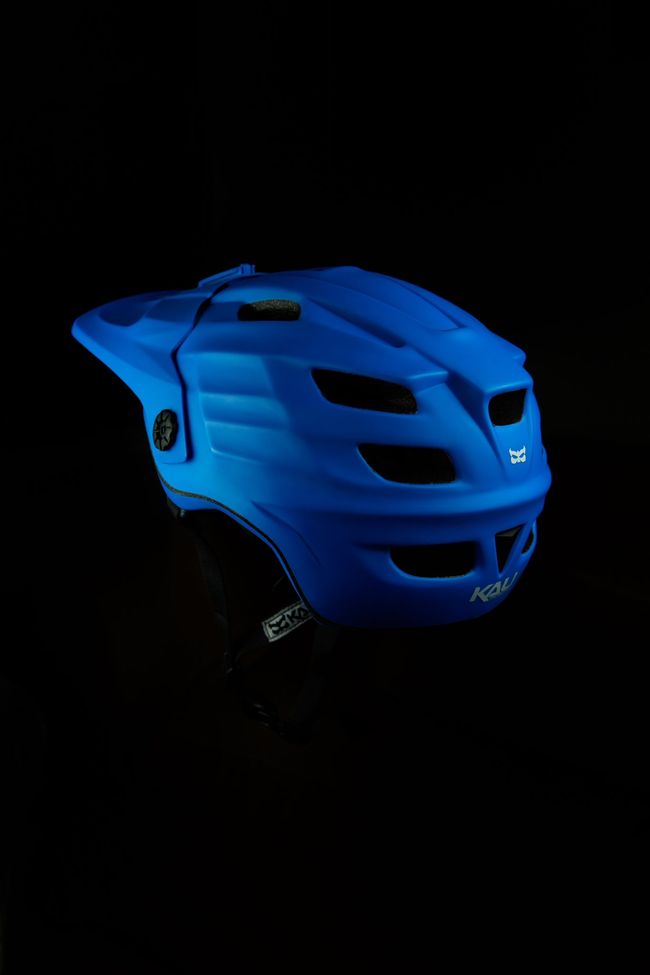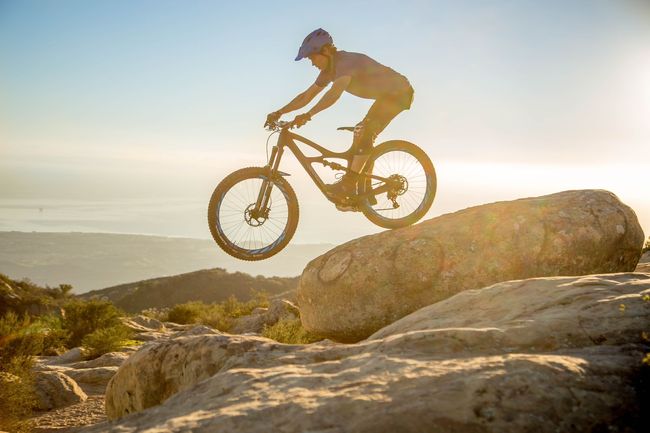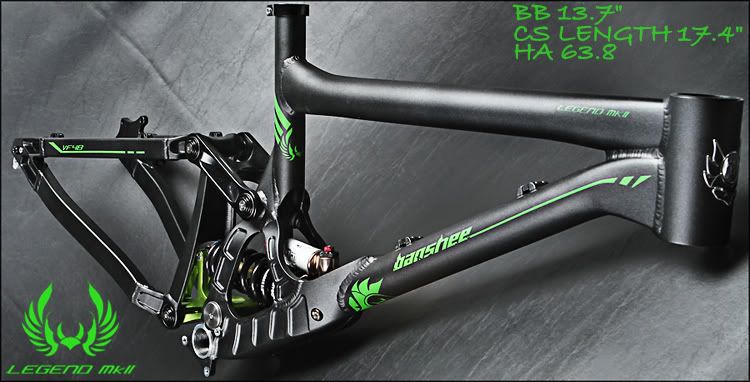Jordie Lunn Rough RF2
 Tuesday, June 6, 2017 at 6:26AM
Tuesday, June 6, 2017 at 6:26AM Almost immediately after Rough AF dropped last December, freeride legend Jordie Lunn returned to his second home, the deep woods of Vancouver Island, to dig and build fresh new line lines. Nearly half a year later, the result were lines - or at least what Jordie calls lines - that define what 'Rough AF' really means.
“The build for Rough AF 2 was much more ambitious than the first! About five months of hard digging, cutting and wondering how each line would ride. There were definitely a few stunts that had me second guessing myself! It was a super fun project, and everything rode quite well in the end. I was pumped for Kali's support on this build and for sending Sterling Lorence over! It had been quite a few years since we've shot together, so I was pretty excited to show him what I'd been working on. On to the next build now!" - Jordie Lunn
Helmet:
Shiva 2.0 Carbon - Available at your LBS
Filming & Editing:
Jordie Lunn
Photos:
Sterling Lorence
Drone Operators:
Conrad Jay
Cam St. Godard
Video Assistants:
Craig Lunn
Kyle White
Luke Fulton
Caitlin
Erin Springinotic
Dan Batchelor
 Downhill,
Downhill,  Freeride,
Freeride,  Jordi Lunn,
Jordi Lunn,  Kali Helmets,
Kali Helmets,  Kali Protectives,
Kali Protectives,  Kali Rough RF2,
Kali Rough RF2,  MTB,
MTB,  SX |
SX |
Kali Protectives Launches New Viva BMX/DJ helmet
 Tuesday, May 12, 2015 at 8:11PM
Tuesday, May 12, 2015 at 8:11PM Product Summary
The Viva is the best helmet we’ve ever created that no one will ever give a shit about, but that’s ok. We designed this helmet for us. We wanted a helmet that was as comfortable and low profile as a non-
certified skate helmet, but integrated all of the top tier safety technologies from our motocross line. The result is the Viva, the most technologically advanced BMX/Dirt Jump helmet ever made (for whatever that’s worth). It’s about the same size as a skate helmet, super light, and uses a layer of low density foam in conjunction with multi density geometrically shaped foam to dissipate a broad range of impacts – sort of like a crumple zone for your head. We’ve in-molded this unique EPS cocktail into a durable dent resistant ABS shell, with a bottom polycarbonate wrap, and garnished the interior with a pad set designed to reduce sweat drippage.
Product Features
- Low profile design to mimic non certified helmet look and fit
- Polycarbonate wrap to extend foam life
- Durable dent resistant ABS Shell
- Moisture wicking padset
- Extra padset included for sizing
- Adjustable Straps
Retail Highlights
- Retail price is $50 USD
- Meets CPSC and EN1078 Standards
- Available in 3 sizes: Small, Medium, & Large
- Comes in 3 Colorways: Black, Green, & White
Technology
- COMPOSITE FUSION: Unlike standard construction helmets where the foam is glued into a shell, we inject the EPS liner directly into the shell. The advantage is that it eliminates the gap between the shell and foam, which reduces the number of impacts the brain is subjected to in a crash. Rather than two impacts (ground to shell, shell to foam), there is only one impact with a
COMPOSITE FUSION HELMET
- COMPOSITE FUSION 3: We’ve improved on our original in molding technology by adding multi density triangular pyramids throughout the EPS liner, to better dissipate energy laterally. This allows us to reduce the size of the shell, and use a lighter density
 Kali Helmets,
Kali Helmets,  Kali Protectives,
Kali Protectives,  Kali Viva |
Kali Viva |
Kali Protectives Launches New DOT Carbon Shiva Full Face Helmet
 Tuesday, April 7, 2015 at 6:51AM
Tuesday, April 7, 2015 at 6:51AM
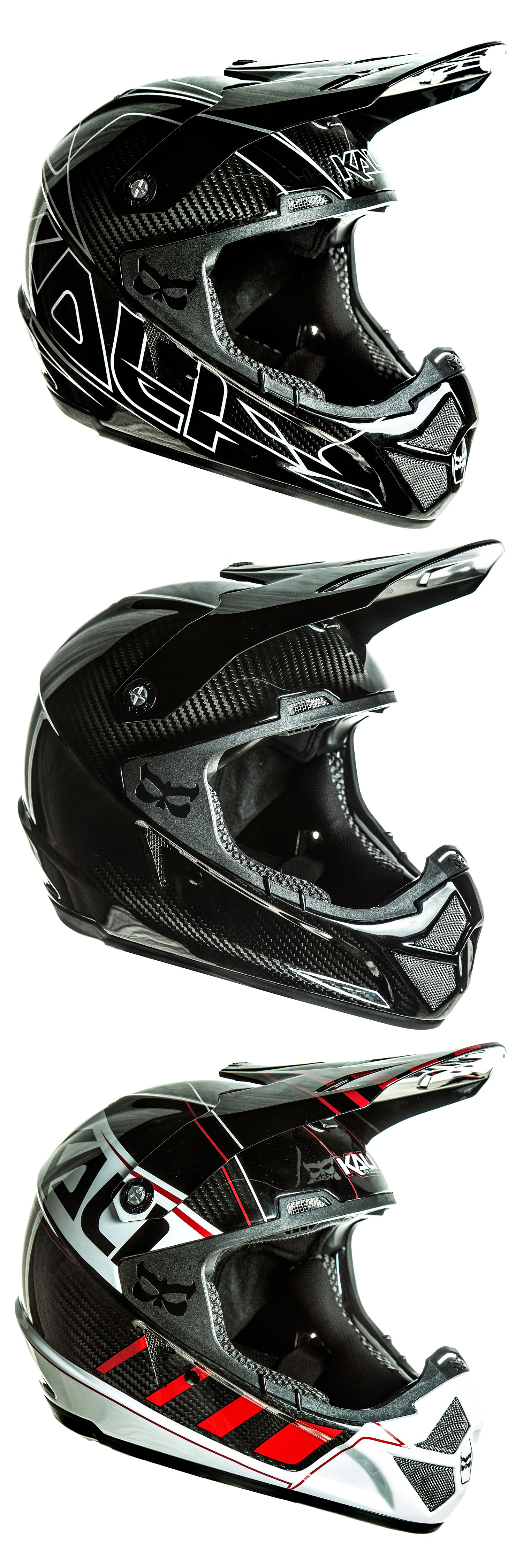
There is a long standing debate among gravity riders about whether or not to wear a motocross or bicycle certified helmet while mountain biking. There are advantages and disadvantages to both standards, and depending on the crash, the argument could go either way.
Ultimately the two standards are not that different.The main difference is that the DOT certification requires a higher drop test, a stiffer chin bar, and an additional penetration test.
The DOT penetration test is designed to simulate crashing into a pointed object like a curb, peg, or handlebar. On a bike, you may encounter similar scenarios if you crash in a rock garden, or catch a pedal.
We've also found that it's not unusual for gravity riders to hit similar speeds as off road racers. Last year for instance, racers at multiple world cup tracks clocked speeds of over 50 mph (~80 kmp) through speed traps.
The disadvantage of a DOT helmet is the size and weight. Due to the more stringent testing standards, DOT helmets have to use thicker shells and more EPS foam. This results in heavier helmets with higher foam densities, and thicker shells.
When we began developing the SHIVATM, we wanted to meet all of these challenges. What makes our full face helmets unique in both the cycling and motorcycle industry is that our shell and foam is inmolded. That means they are one piece, rather than being glued or taped together like that crummy skate lid you wore as a kid. This enables us to make lighter and thinner shells, which means in an impact, the shell can begin transferring energy into the foam sooner.
We consider ourselves to be industry leaders in innovation, so we've continued to evolve our manufacturing process by introducing a unique multi density foam liner. With the use of geometric shapes, our foam liner helps to spread impact loads over a larger surface area, and better absorbs medium to big hits. We combined this multi density foam (which marketing calls Composite FusionTM Plus) with a softer layer around the head for lower speed impacts.
As we continued to evolve this process and test new ideas, we discovered a triangular pyramid shape which helped dissipate energy even better. When we tested it in one of our existing bicycle full face helmets, we found we could pass DOT testing without making any compromises in foam density, shell thickness, size, or weight.
Taking what we learned from testing, we designed the SHIVATM to incorporate this new technology, as well as meeting other goals – like reduced size and weight. While saying something is the lightest and smallest in the world is certainly a great talking point, particularly from a fatigue perspective, recent research indicates that by reducing the size of a helmet by 10%, you can reduce the effects of rotational forces by 22%.
With the SHIVATM, we’ve created a downhill certified helmet, with all the benefits of the DOT standard, and none of the compromises. For those riders who like to push the limits on their pedal bike, or grab throttle on the weekends, the Shiva offers a one helmet solution in a bike sized package, that is that is measurably smaller, lighter, and safer.
Key Facts: Kali Protectives Shiva Full Face
Smaller, lighter, safer. If we had to choose three words to summarize the technology behind our revolutionary new ShivaTM full face, we’d be hard pressed to find three better adjectives.
Weighing in at a mere 1050g, the ShivaTM is between 400600g lighter than our competitor’s highest end offerings. In addition to being one of the lightest DOT helmets on the market, it’s also 30% smaller than your average motocross helmet.
These features aren’t just great talking points, they also offer considerable safety advantages. Recent research has shown that smaller & lighter helmets are crucial for reducing the risk of brain trauma during an impact.
This reduction in weight and size is possible due to our COMPOSITE FUSION THREETM technology, which consists of a multiple density EPS liner that is inmolded to the carbon fiber shell.
This new third generation of our technology utilizes triangular pyramids to distribute forces laterally, which allows us to use a lighter density foam throughout, and reduces the thickness of the shell.
Technology:
-
● COMPOSITE FUSION:Unlike standard construction helmets where the foam is glued into a shell, our technology allows us to inject the EPS liner directly into the shell. This inmolding technique is standard on bicycle half shell helmets, but Kali is the only manufacturer capable of doing this in a full face helmet. The advantage of this design is that it eliminates the gap between the shell and foam, which reduces the number of impacts the brain is subjected to in a crash. Rather than two impacts (ground to shell, shell to foam), there is only one impact with a COMPOSITE FUSION helmet.
-
● COMPOSITE FUSION 3:We’ve improved on our original in molding technology by adding multi density triangular pyramids throughout the EPS liner, to better dissipate energy laterally. This allows us to reduce the size of the shell, and use a lighter density foam, which is crucial for mitigating the effects of both low and high speed impacts.
-
● Lighter and Smaller:Everything is subject to the laws of physics. In school the phenomena is explained by the equation Force = Mass x Acceleration. On the trail, it’s ultimately the rider who determines acceleration, so we strive to reduce the weight and size of our helmets in order to minimize the forces applied to the head and neck in an accident. Recent studies have indicated that reducing helmet volume by 10% can reduce rotational forces transmitted to the brain by over 20%.
-
● Breakaway Visor & Helmet Shape:The Shiva utilizes a breakaway visor and less angular helmet shape, which is designed to not snag the ground in a yard sale.
-
● Integrated Removable Camera & Light Mount:Includes mounts for GoPro, Contour, Light & Motion, and a universal bar mount
Highlights:
-
● World’s lightest DOT certified helmet. Weighs 1050 g
-
● Retail Pricing is $500 USD, $399 Euro
-
● Available in sizes XS, S, M, L, & XL
-
● Comes in three colorways: Raw carbon, Speed Machine, & Stripes
-
● Meets DOT, ASTM DH, ASTM BMX, ASTM Snow, and CPSC Standards
Product Features:
-
● Full carbon fiber shell
-
● Integrated Airflow system, w/ 8 forward facing vents, and 8 rearward vents
-
● Camera and Light Mount accessory Kit
-
● Premium Travel Bag
Kali Protectives Maya Helmet
 Wednesday, January 21, 2015 at 6:33AM
Wednesday, January 21, 2015 at 6:33AM Would you rather be hit by a 2x4 or a pillow? It’s a stupid question, but one that our current helmet standards don’t do enough to address. So we’ve built our Maya using a combination of cone shaped multi-density EPS, paired with a softer density foam around the head.
This combination of materials allows us to use our lowest foam density ever. While helmets typically utilize a foam density between 100-120 g per cubit liter, the density in our Maya is around 70 g. The benefit to using this softer foam is that it dissipates impacts faster and more efficiently.
In our pursuit of safety, we haven’t forgotten the other features that make helmets “Enduro” worthy. Which is why the Maya incorporates things like an integrated camera and light mount and a break resistant moto style visor. Other features include an antimicrobial liner with bug netting, our floating dual closure system for easy adjustments, and twelve vents with internal channeling for great ventilation.
Highlights:
- Weighs 350 g
- USA pricing is $100
- Available in size S/M and M/L
- Colors are Matte Black, EnduroBro Blue, and White/Black Duo
- Shipping today-ish (or whenever the California longshoremen strike is resolved)
Details:
- COMPOSITE FUSION PLUSTM Technology: incorporates cone shaped multi-density EPS foam for improved impact dissipation
- Uses softest density foam in the mountain bike segment, because softer is better
- Break resistant FlexyBillTM visor
- Integrated Camera/Light Mount. Works with GoProTM, ContourTM, and Light & MotionTM
- Antimicrobial liner with integrated bug netting5 Forward and 7 rearward facing vents, with deep internal channeling for ventilation
- Dual Closure Fit System which auto height adjusts
 Ibis Bikes,
Ibis Bikes,  Kali Maya Helmet,
Kali Maya Helmet,  Kali Protectives |
Kali Protectives |





